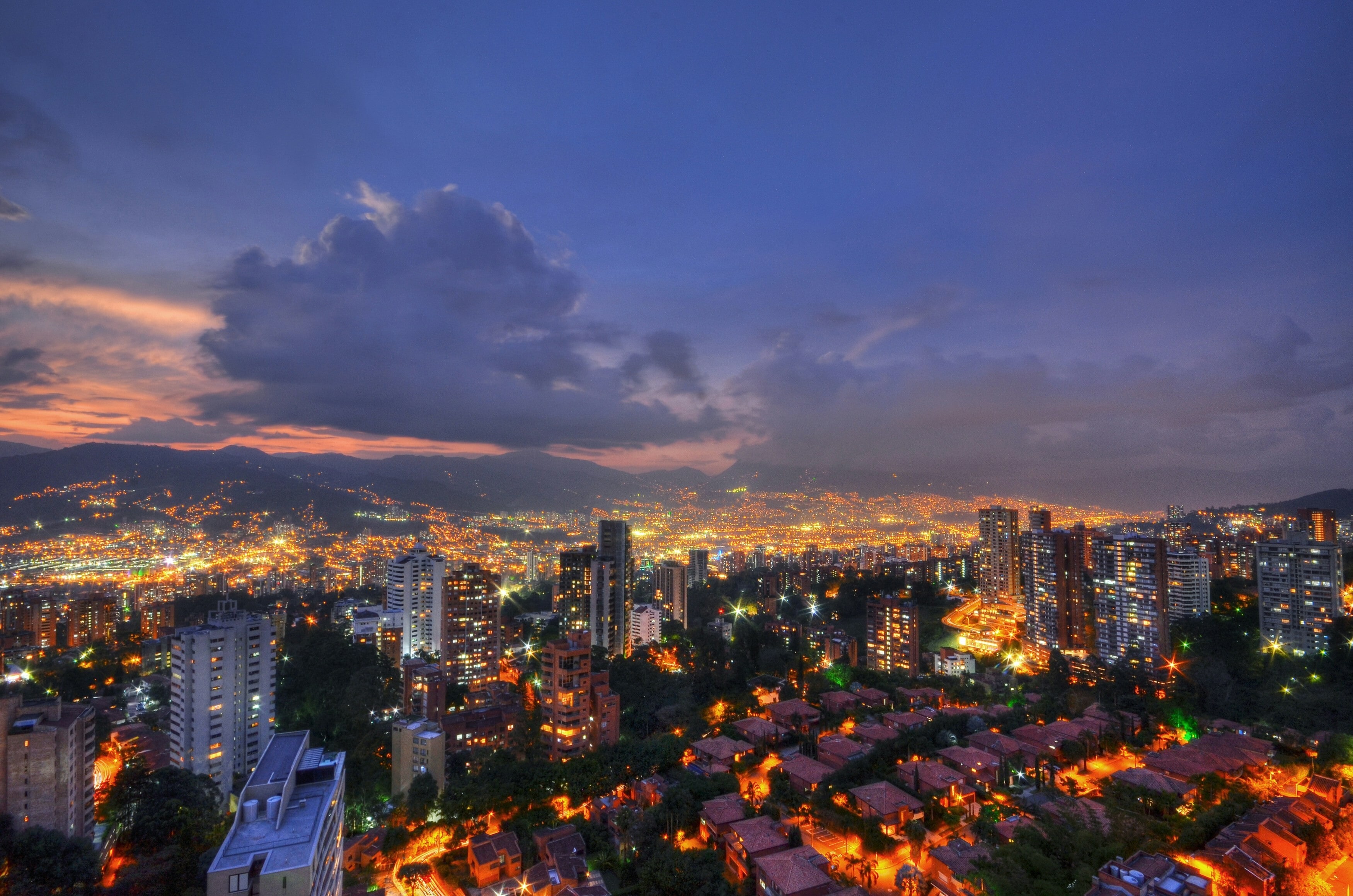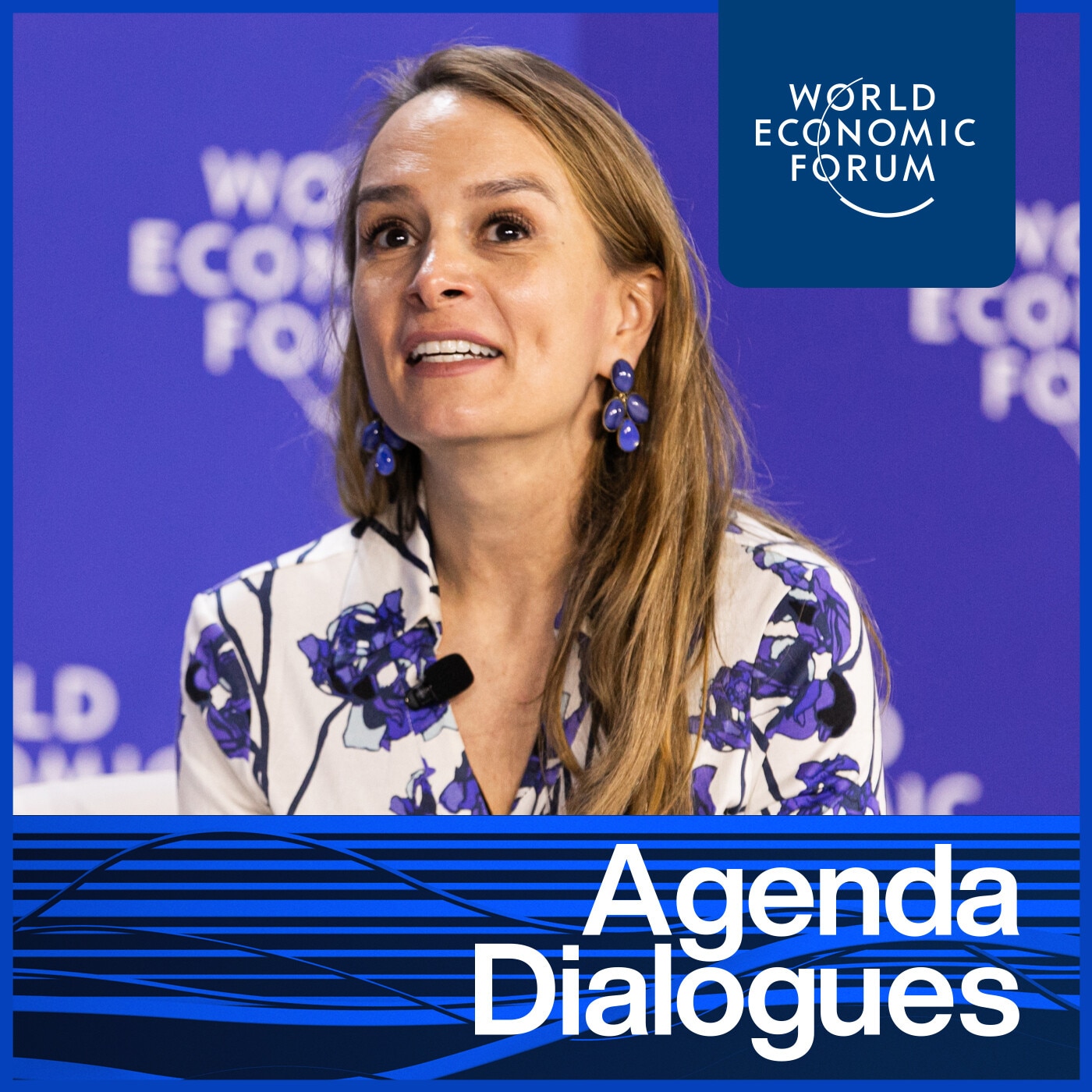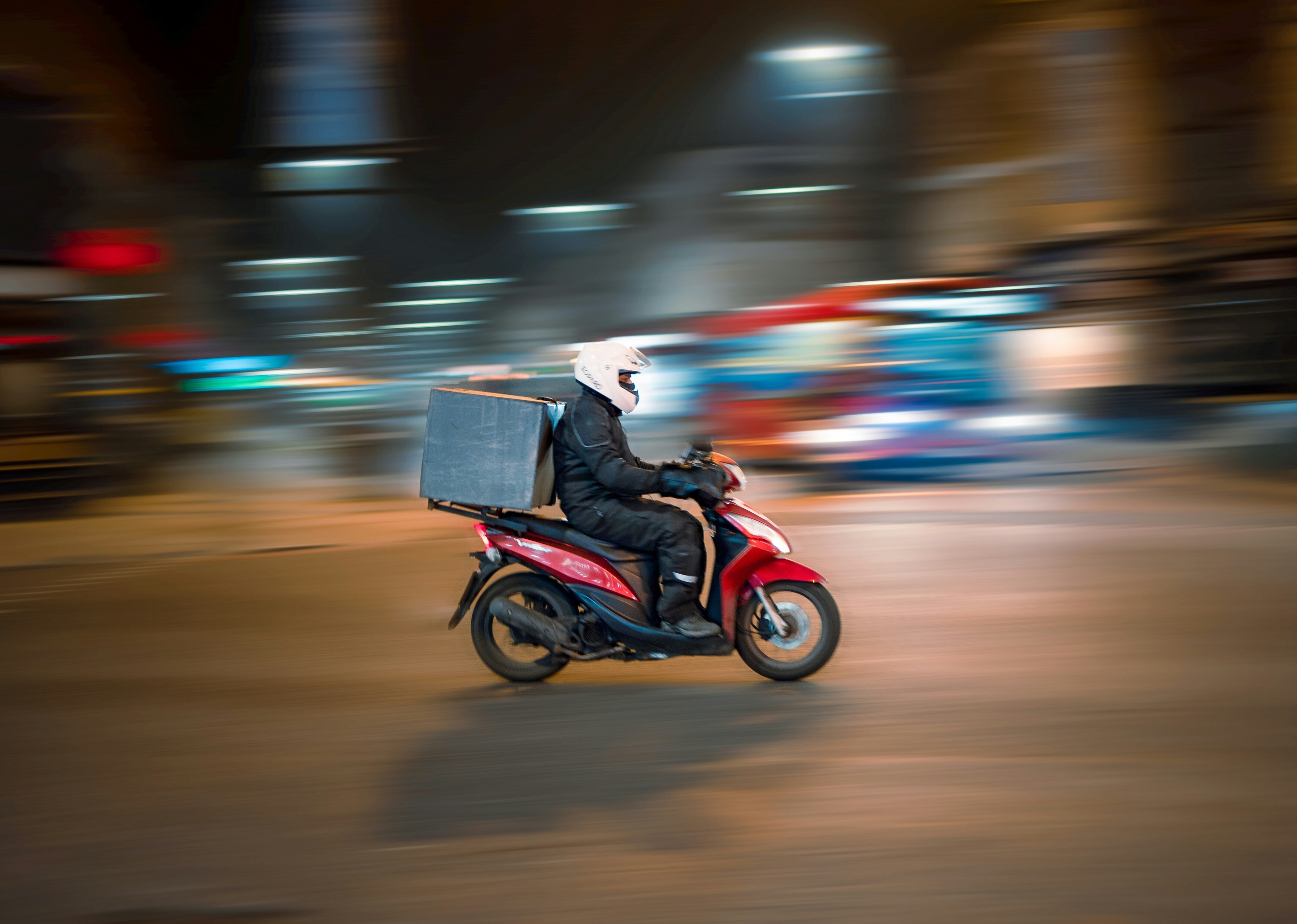Children around the world are being failed by their nations - here's why

“The biggest inequity that we need to confront today is the inequity (of) climate change,” Narain told journalists. Image: REUTERS/TT News Agency/Ali Lorestani
- A commission convened by the World Heath Organization, The Lancet medical journal and U.N. children’s agency UNICEF looks at children around the world
- No country performed well on all three measures of child flourishing, sustainability and equity.
- Lack of action to curb emissions was cited as a major failing.
Many wealthy nations are letting the world’s younger generations down by failing to curb planet-warming emissions, a U.N.-backed report said on Wednesday, warning climate change posed an urgent threat to the health and future of every child and adolescent.
A new global index showed children in Norway, South Korea and the Netherlands had the best chance at survival and well-being thanks to good healthcare, education and nutrition.
But a ranking of countries by per-capita carbon emissions put those and other rich nations, including the United States and Australia, close to the bottom on that measure, as major contributors to global health threats driven by climate change.

“Countries need to overhaul their approach to child and adolescent health, to ensure that we not only look after our children today but protect the world they will inherit in the future,” said former New Zealand Prime Minister Helen Clark, co-chair of the international commission that produced the report.
It said dramatic progress had been made in improving children’s lives in the past five decades but economic inequalities meant the benefits were not shared by all.
And the heating up of the planet and damage to the environment, among other stresses, meant every child faced an uncertain future, it added.
“Climate disruption is creating extreme risks from rising sea levels, extreme weather events, water and food insecurity, heat stress, emerging infectious diseases, and large-scale population migration,” said the report by more than 40 experts.
Commission member Sunita Narain, director general of the New Delhi-based Centre for Science and Environment, said that in her region of South Asia the main environmental threats came from water shortages and contamination, as well as air pollution.
Children’s health today “is at grave risk because of environmental degradation”, she added.
They are victims of a problem they did not cause - a situation that is particularly acute for the poor, she noted.
“The biggest inequity that we need to confront today is the inequity (of) climate change,” Narain told journalists.
The “sustainability” part of the index ranks countries on how their per-person emissions compare with a 2030 target giving a two-thirds chance of keeping global average temperature rise to 1.5 degrees Celsius above pre-industrial times.
Of the top 25 countries with the best score on emissions, all but two were African.
That contrasts starkly with the “flourishing” part of the index, where many African nations did badly on children’s health, education, nutritious food and protection from violence.
Not one country performed well on all three measures of child flourishing, sustainability and equity, concluded the commission convened by the World Heath Organization, The Lancet medical journal and U.N. children’s agency UNICEF.
Protect and respond
Another key threat identified was exploitative marketing practices that push fast food, sugary drinks, alcohol and tobacco at children, increasingly through social media channels.
Report author Anthony Costello, professor of global health and sustainability at University College London, said children’s data was being harvested via online games and sold to big technology firms which then target youth with advertising.
“This is totally unregulated,” he said. “We think that there needs to be much greater attention to the protection of children around the world.”
They should also be placed at the center of efforts to achieve the global development goals agreed in 2015, he added.
Few countries have yet recorded much progress towards achieving those goals, which include ending poverty and hunger by 2030 and tackling climate change, the report noted.
Children should be given a bigger voice in policy decisions that affect their futures, it said - something they are already demanding through social movements like the school climate strikes that have mobilized students worldwide since mid-2018.
Jennifer Requejo, a UNICEF advisor on statistics and monitoring, said children could be involved through measures such as setting up local youth committees, informing them about their rights and having them participate in data collection.
Costello said young people’s calls for a cleaner, safer world must be heeded by politicians.
“They are simply not responding at the moment in a way that is mature and evidence-based,” he added.
Don't miss any update on this topic
Create a free account and access your personalized content collection with our latest publications and analyses.
License and Republishing
World Economic Forum articles may be republished in accordance with the Creative Commons Attribution-NonCommercial-NoDerivatives 4.0 International Public License, and in accordance with our Terms of Use.
The views expressed in this article are those of the author alone and not the World Economic Forum.
Stay up to date:
Climate Crisis
Forum Stories newsletter
Bringing you weekly curated insights and analysis on the global issues that matter.
More on Climate ActionSee all
Tom Crowfoot
August 12, 2025






